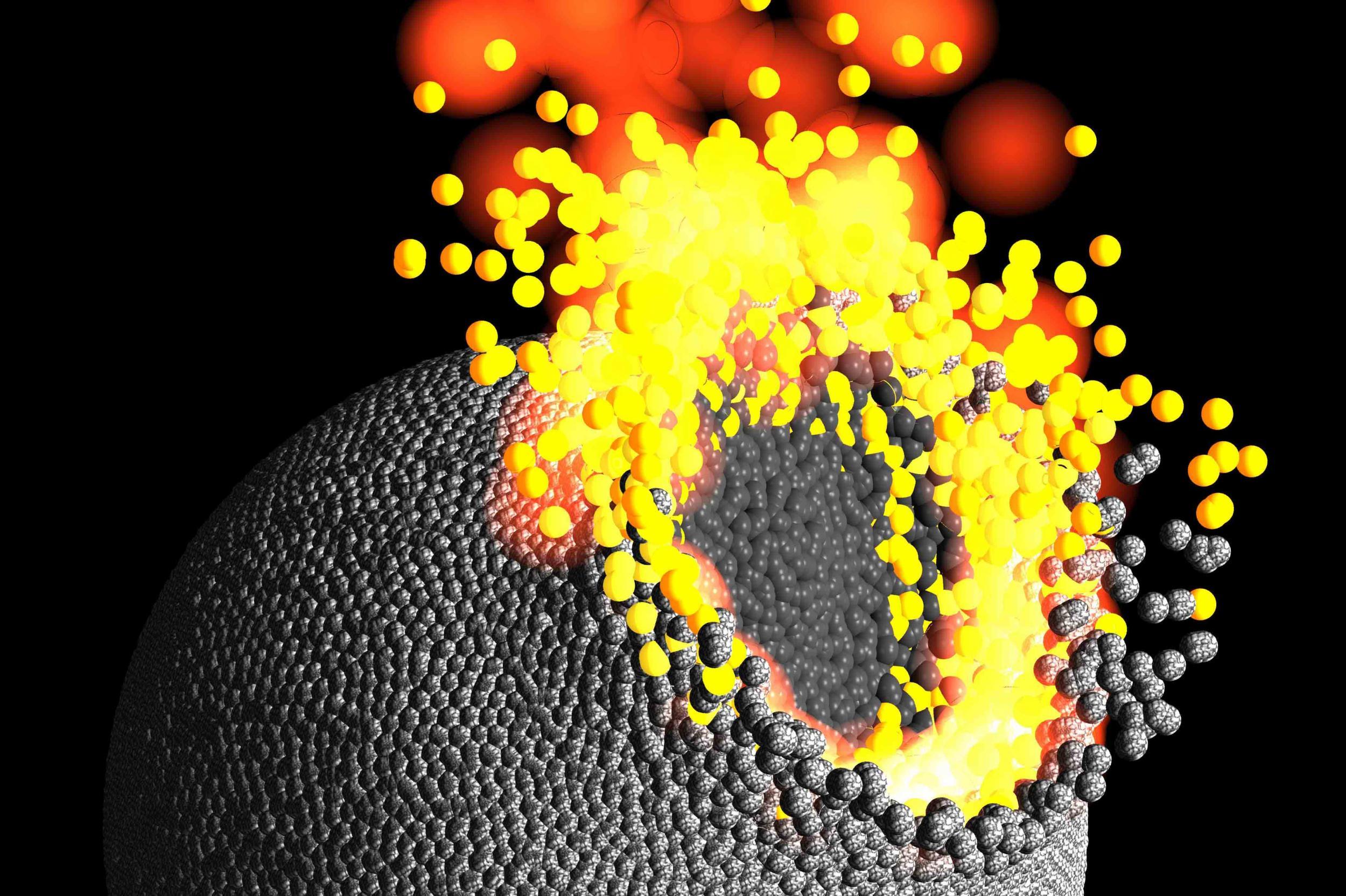The Independent's journalism is supported by our readers. When you purchase through links on our site, we may earn commission.
Earth's creation was a 'cowboy-building job' that means this planet is unique, say scientists
Cataclysmic collisions vaporised huge amounts of rock, resulting in the Earth losing about 40 per cent of its mass during formation

Your support helps us to tell the story
From reproductive rights to climate change to Big Tech, The Independent is on the ground when the story is developing. Whether it's investigating the financials of Elon Musk's pro-Trump PAC or producing our latest documentary, 'The A Word', which shines a light on the American women fighting for reproductive rights, we know how important it is to parse out the facts from the messaging.
At such a critical moment in US history, we need reporters on the ground. Your donation allows us to keep sending journalists to speak to both sides of the story.
The Independent is trusted by Americans across the entire political spectrum. And unlike many other quality news outlets, we choose not to lock Americans out of our reporting and analysis with paywalls. We believe quality journalism should be available to everyone, paid for by those who can afford it.
Your support makes all the difference.The formation of the Earth was a “cowboy building job” that means this planet is likely to be unique, scientists have said. Planets are created as material orbiting a star collides.
During the cataclysmic collisions that created the Earth, vast amounts of rock would have been vaporised, forming a temporary atmosphere, the researchers concluded.
But planets can only keep a permanent atmosphere after reaching a certain size, so this material was ultimately lost to outer space.
Over the course of the Earth’s creation, the scientists estimated about 40 per cent of its mass was lost during repeated vaporisation events.
And the haphazard loss of certain types of material, but not others, means the Earth is significantly different to other planets like Mars and to the original material from which it was formed.
The researchers studied two types of magnesium, which was described as an “unambiguous tracer of the history of rock”. When compared to meteorites, seen as an example of the solar system’s original material, the Earth proved to have more of the heavier type, or isotope, of magnesium.
Dr Remco Hin, of Bristol University, who led the research which was described in the journal Nature, said: “We have provided evidence that such a sequence of events occurred in the formation of the Earth and Mars, using high precision measurements of their magnesium isotope compositions.
“We estimated that more than 40 per cent of the Earth's mass was lost during its construction.
“This cowboy building job, as one of my co-authors described it, was also responsible for creating the Earth's unique composition.”
There has been a debate about whether all planets are essentially made of the same stuff – the orbiting material – or whether they developed their own individual characteristics. This study supports the later idea.
The researchers concluded that Mars and an asteroid called Vesta had their own distinct ratios of magnesium isotopes.
Dr Hin said: “Our work changes our views on how planets attain their physical and chemical characteristics.
“While it was previously known that building planets is a violent process and that the compositions of planets such as Earth are distinct, it was not clear that these features were linked.
“We now show that vapour loss during the high-energy collisions of planetary accretion has a profound effect on a planet’s composition.
“This process seems common to planet building in general, not just for Earth and Mars, but for all planets in our solar system and probably beyond, but differences in the collision histories of planets will create a diversity in their compositions.”
In an article in Nature commenting on the new research, Professor Edward Young, of the Department of Earth, Planetary, and Space Sciences at the University of California, Los Angeles, wrote: “Although most people think of molten rock as being unlikely to evaporate, laboratory experiments have shown that such material exposed to the vacuum of space does indeed evaporate, with more-volatile elements evaporating faster than less-volatile ones.
“The enrichment is precisely what would be expected if molten rock in planetary precursors had evaporated, conjuring up images of lava floating in the vacuum of space.
“Magnesium isotopes are especially useful for such analyses because magnesium is a … rock-loving element. Consequently, this element is not lost to planetary atmospheres, nor does it dissolve in metallic cores at temperatures relevant to planetary formation. It is therefore an unambiguous tracer of the history of rock.”
Join our commenting forum
Join thought-provoking conversations, follow other Independent readers and see their replies
Comments